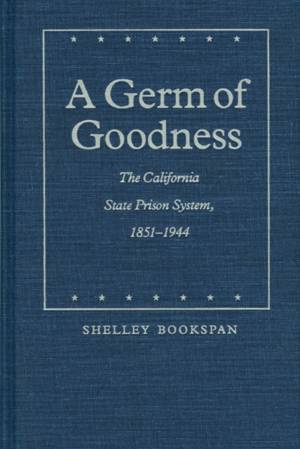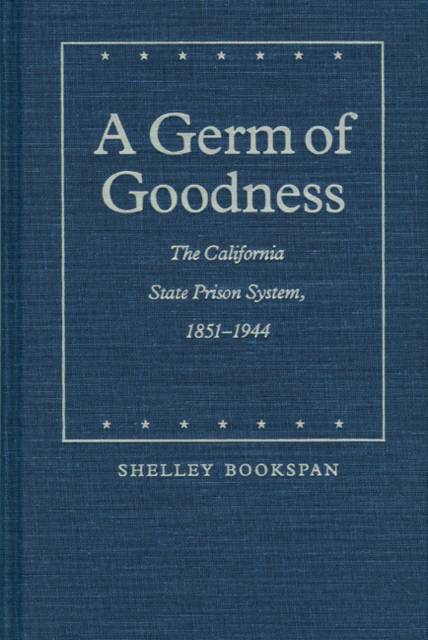
- Afhalen na 1 uur in een winkel met voorraad
- Gratis thuislevering in België vanaf € 30
- Ruim aanbod met 7 miljoen producten
- Afhalen na 1 uur in een winkel met voorraad
- Gratis thuislevering in België vanaf € 30
- Ruim aanbod met 7 miljoen producten
Zoeken
€ 83,95
+ 167 punten
Omschrijving
For most of the ninety-three years between 1851, when the California State Legislature faced the problem of what to do with criminals, until 1944, when it finally organized the state's four prisons into one adult penal system, the prisons at San Quentin and Folsom were the only places of incarceration for the state's felons. Bookspan traces the development of a system emphasizing deterrence and retribution to one receptive to reform and rehabilitation. "This is the story," writes Bookspan, "of the penury and personality struggle through which California developed a prison system to assess, and to address, individual needs while retaining its custodial institutions. It is a story of the West, even though eastern penology, with all of its overtones of moral duty, provided the language for prison reform. In a state where chaos preceded the assertion of normative rule, fear, not hope, formed the governing principle of penology. It is a story of America because true reform on an expanded sense of individual potential."
Specificaties
Betrokkenen
- Auteur(s):
- Uitgeverij:
Inhoud
- Aantal bladzijden:
- 151
- Taal:
- Engels
- Reeks:
Eigenschappen
- Productcode (EAN):
- 9780803212169
- Verschijningsdatum:
- 1/11/1991
- Uitvoering:
- Hardcover
- Formaat:
- Genaaid
- Afmetingen:
- 158 mm x 235 mm
- Gewicht:
- 426 g

Alleen bij Standaard Boekhandel
+ 167 punten op je klantenkaart van Standaard Boekhandel
Beoordelingen
We publiceren alleen reviews die voldoen aan de voorwaarden voor reviews. Bekijk onze voorwaarden voor reviews.








